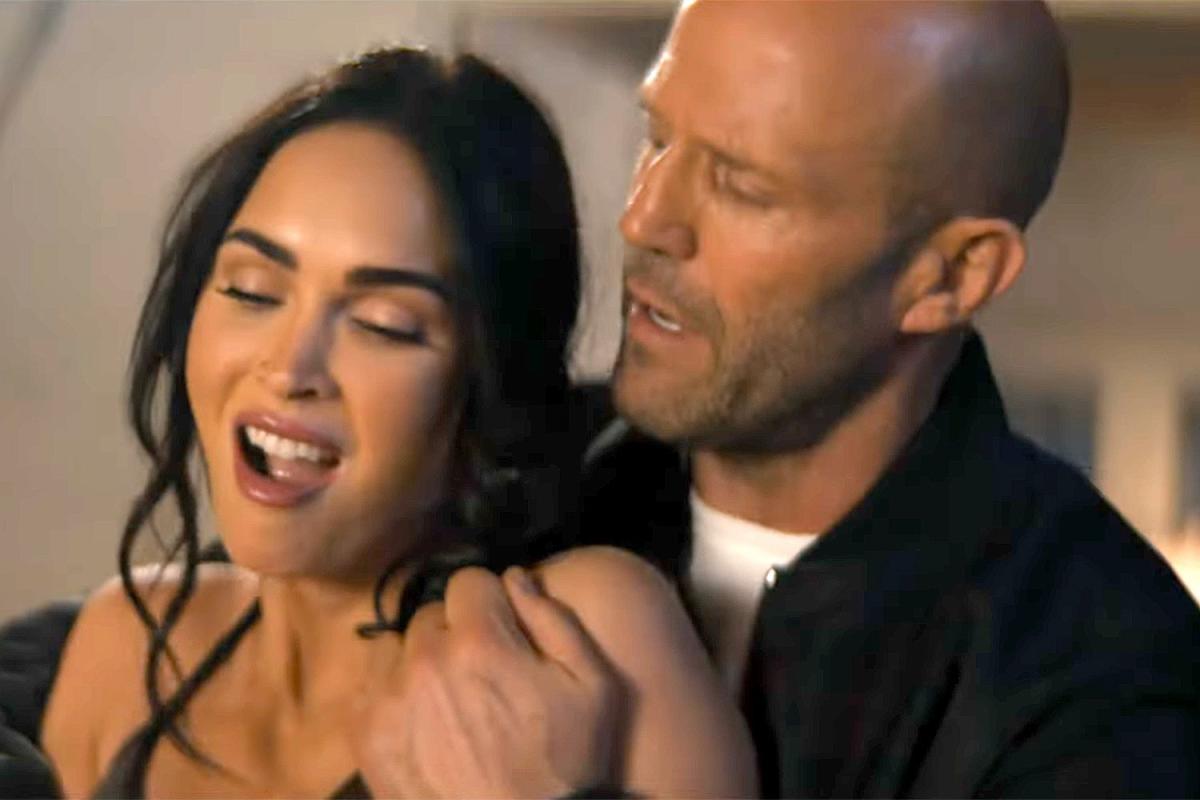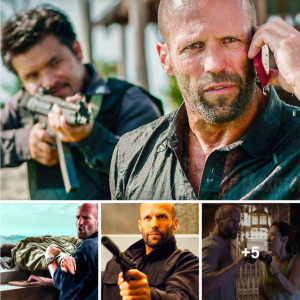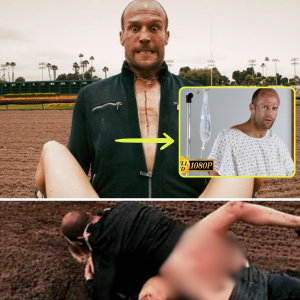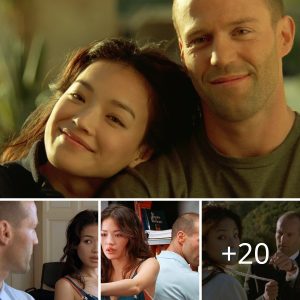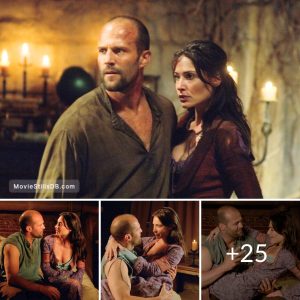Jason Statham’s Best Silent Human Audience Scene Ever
Jason Statham, renowned for his action-packed roles and charismatic on-screen presence, has carved out a niche as one of Hollywood’s top action stars. While he’s best known for his high-octane stunts and intense fight scenes, there is one particular scene that stands out for its sheer intensity and emotional depth, despite the absence of any spoken dialogue. This scene, from the film “Hummingbird” (also known as “Redemption”), showcases Statham’s incredible range as an actor and his ability to convey powerful emotions without uttering a single word.
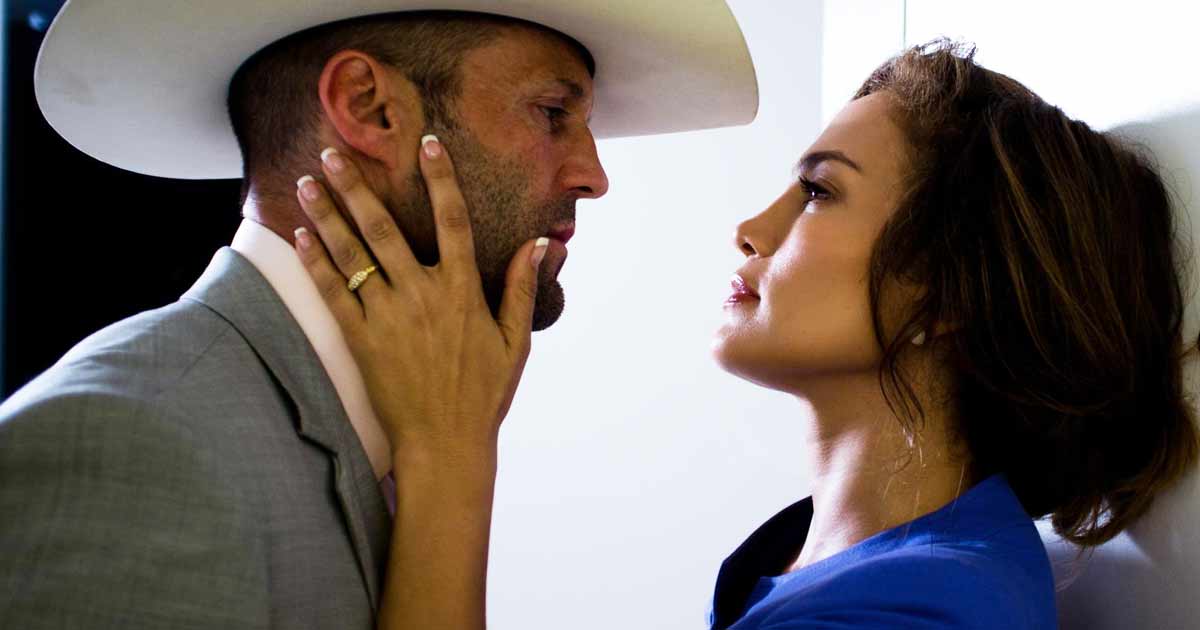
Setting the Stage
In “Hummingbird,” Statham plays Joey Jones, a former Special Forces soldier who becomes homeless after a traumatic experience in Afghanistan. The film explores his journey through the gritty streets of London as he tries to rebuild his life and seek redemption for his past actions. Unlike his typical roles, “Hummingbird” offers Statham a platform to delve into more dramatic territory, and it is in this film that we witness his best silent human audience scene.
The Scene
The scene in question takes place in a small, dimly lit theatre. Joey has been trying to reconnect with his estranged daughter, and he learns that she is participating in a ballet recital. Disguised and hidden in the shadows, he sneaks into the theatre to watch her perform. As the performance unfolds, the camera focuses on Joey’s face, capturing every nuanced expression and emotion.
Emotional Resonance
What makes this scene so remarkable is Statham’s ability to convey a complex range of emotions through his eyes and subtle facial movements. As he watches his daughter dance, we see a mix of longing, regret, pride, and sorrow wash over him. He is visibly moved by the sight of his daughter, whom he has not seen for years, and the realization of what he has missed hits him hard.
Statham’s portrayal of Joey in this moment is a masterclass in silent acting. Without a single line of dialogue, he manages to communicate the character’s internal struggle and profound emotional pain. The audience can feel Joey’s desire to reach out to his daughter, to be a part of her life, and the crushing reality that his past actions have created an insurmountable barrier between them.

Cinematic Techniques
Director Steven Knight’s use of close-ups and lingering shots enhances the impact of this scene. By focusing on Statham’s face and allowing the camera to dwell on his expressions, Knight ensures that the audience is fully immersed in Joey’s emotional journey. The background music, a delicate and melancholic score, further amplifies the scene’s poignancy, creating an atmosphere of quiet intensity.
The lighting in the theatre is dim, with just enough light to illuminate Joey’s face, emphasizing the shadows and lines that speak to his troubled past. This visual choice underscores the contrast between Joey’s dark world and the bright, innocent world of his daughter on stage.
Impact and Reception
This scene has been lauded by critics and fans alike for its powerful emotional resonance and Statham’s exceptional performance. It stands as a testament to his versatility as an actor, proving that he is capable of much more than just physical action roles. The scene also serves as a pivotal moment in “Hummingbird,” driving home the themes of redemption, loss, and the yearning for human connection.
Conclusion
Jason Statham’s best silent human audience scene ever, from “Hummingbird,” is a shining example of his talent and ability to convey deep emotions without the need for dialogue. This moment, filled with raw emotion and heartfelt longing, highlights the actor’s range and adds a profound layer of depth to his filmography. It is a scene that resonates with viewers long after the credits roll, reminding us of the power of silent storytelling and the impact of a performance that speaks volumes without saying a word.
